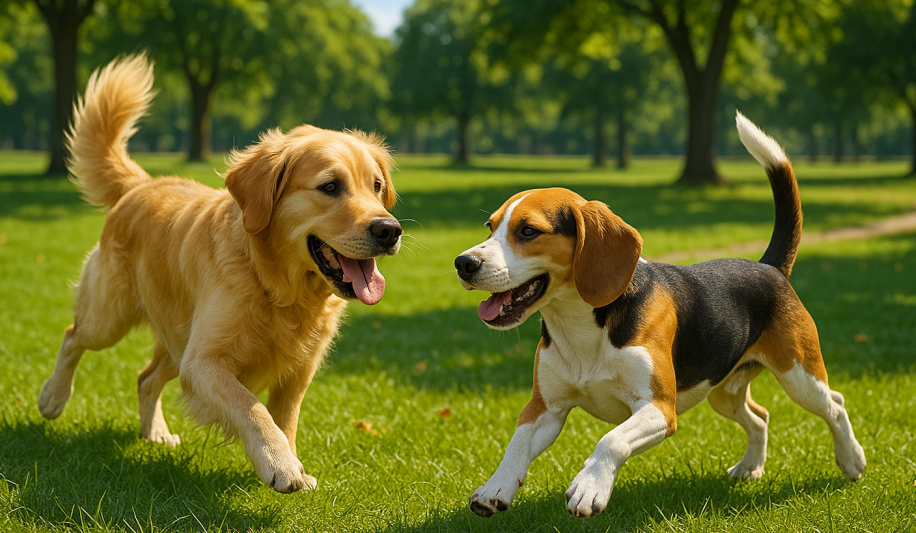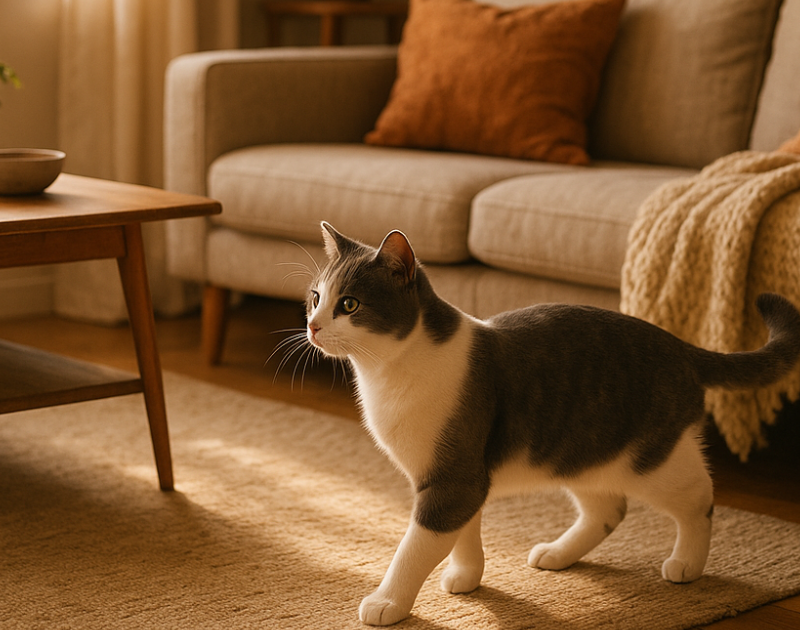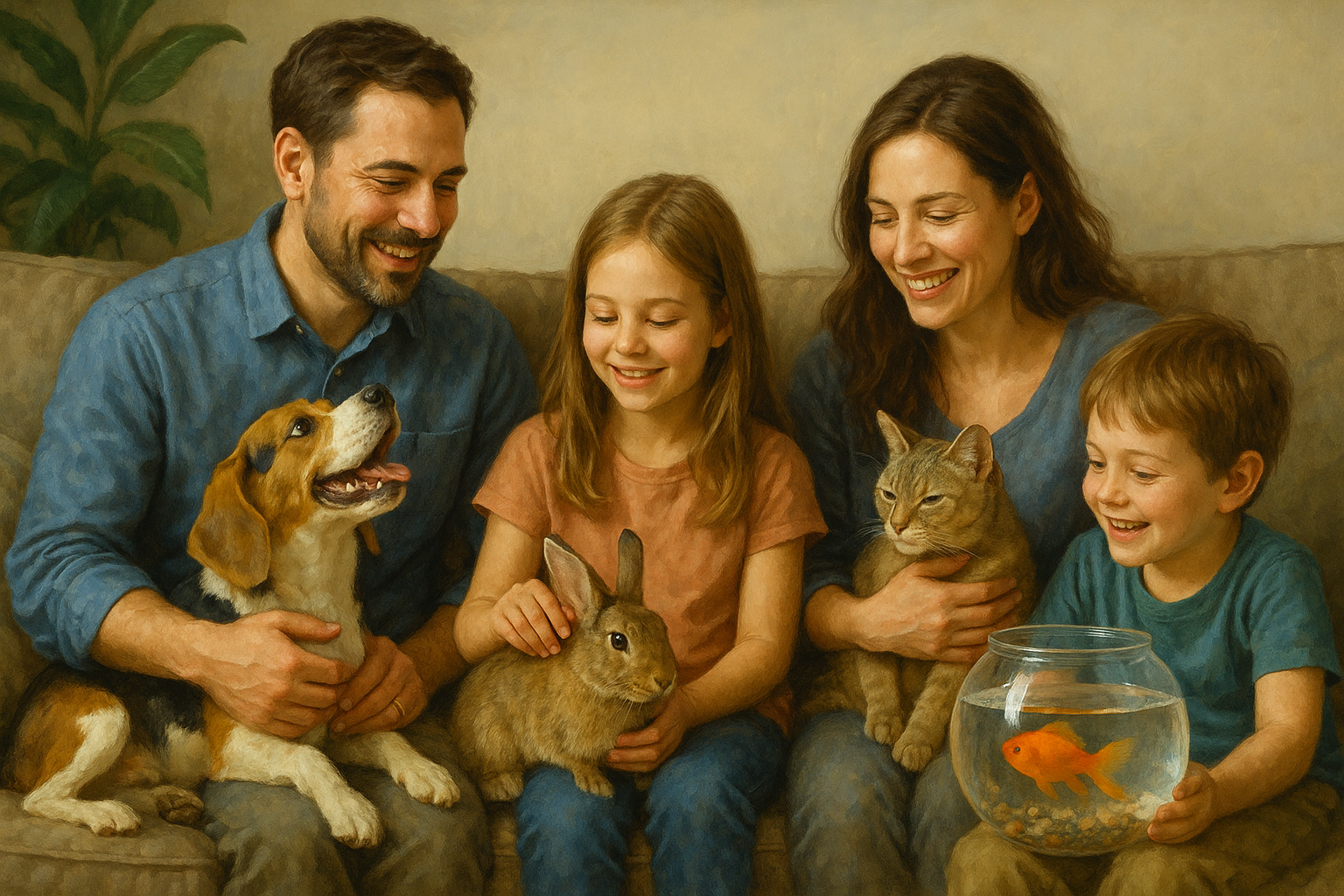🐕 Why Socialization Matters for Pets
Proper socialization is one of the most important steps in raising a well-adjusted dog or cat. It helps your pet develop confidence, trust, and calm behavior around people, animals, and unfamiliar environments.
Without it, pets may become fearful, aggressive, or overly shy—especially rescue animals who may have had traumatic pasts.
🧠 What is a Pet Socialization Plan?
A pet-friendly socialization plan is a structured approach that gradually introduces your dog or cat to:
- New people
- Different environments
- Sounds, smells, and other animals
This is done in a positive, stress-free way, helping your pet learn that the world isn’t scary—but full of fun and rewards.
📅 Step-by-Step Socialization Schedule
Here’s a sample schedule you can adapt based on your pet’s temperament and age:
✅ Week 1: At Home Comfort
- Introduce your pet to all household rooms.
- Expose them to household sounds (TV, vacuum, kitchen noise).
- Invite one calm visitor over and let the pet approach at their own pace.
✅ Week 2: Outside Exploration
- Take short walks (for dogs) or let your cat explore a harnessed garden area.
- Gently introduce new textures: grass, gravel, pavement.
- Encourage curiosity with treats and toys.
✅ Week 3: Controlled Social Encounters
- Let your pet meet a calm dog or cat (one at a time).
- Visit a quiet public place (e.g., park bench area).
- Practice calm greetings with strangers.
✅ Week 4: Varying Environments
- Take your dog to a pet-friendly café or vet waiting room.
- Offer gentle brushing or grooming.
- Continue practicing recall and positive reinforcement.
🐾 Tips for a Safe, Pet-Friendly Experience
- Never force interaction. Let your pet approach when ready.
- Use high-value treats (like cooked chicken or tuna) to reward brave behavior.
- Watch body language: Tail down, ears back, or hiding means it’s time to slow down.
- Be consistent. Short, daily exposures work better than overwhelming your pet.
🛑 Common Mistakes to Avoid
- Rushing the process
- Introducing too many new things at once
- Ignoring signs of stress
- Skipping praise and rewards
Socialization is a marathon, not a sprint—especially with rescue animals or naturally anxious breeds.
🔄 Real-Life Example: Socializing a Rescue Cat
When I adopted Luna, she hid under the bed for the first 3 days. By using a slow introduction method—offering treats near me, keeping the house quiet, and never forcing interaction—she began exploring. After two weeks, she was confidently sitting beside me while guests visited.
Your pet can thrive too. Patience, kindness, and structure are key.
Other Articles to Read:
🐾 Creating a Pet-Friendly Socialization Plan: Step-by-Step Guide for Dogs and Cats
Meta Title:
Creating a Pet‑Friendly Socialization Plan: Step‑by‑Step Guide
Meta Description:
Want to help your pet feel comfortable in new environments? Discover how to build a pet-friendly socialization plan for dogs and cats using gentle, proven techniques.
🐕 Why Socialization Matters for Pets
Proper socialization is one of the most important steps in raising a well-adjusted dog or cat. It helps your pet develop confidence, trust, and calm behavior around people, animals, and unfamiliar environments.
Without it, pets may become fearful, aggressive, or overly shy—especially rescue animals who may have had traumatic pasts.
🧠 What is a Pet Socialization Plan?
A pet-friendly socialization plan is a structured approach that gradually introduces your dog or cat to:
-
New people
-
Different environments
-
Sounds, smells, and other animals
This is done in a positive, stress-free way, helping your pet learn that the world isn’t scary—but full of fun and rewards.
📅 Step-by-Step Socialization Schedule
Here’s a sample schedule you can adapt based on your pet’s temperament and age:
✅ Week 1: At Home Comfort
-
Introduce your pet to all household rooms.
-
Expose them to household sounds (TV, vacuum, kitchen noise).
-
Invite one calm visitor over and let the pet approach at their own pace.
✅ Week 2: Outside Exploration
-
Take short walks (for dogs) or let your cat explore a harnessed garden area.
-
Gently introduce new textures: grass, gravel, pavement.
-
Encourage curiosity with treats and toys.
✅ Week 3: Controlled Social Encounters
-
Let your pet meet a calm dog or cat (one at a time).
-
Visit a quiet public place (e.g., park bench area).
-
Practice calm greetings with strangers.
✅ Week 4: Varying Environments
-
Take your dog to a pet-friendly café or vet waiting room.
-
Offer gentle brushing or grooming.
-
Continue practicing recall and positive reinforcement.
🐾 Tips for a Safe, Pet-Friendly Experience
-
Never force interaction. Let your pet approach when ready.
-
Use high-value treats (like cooked chicken or tuna) to reward brave behavior.
-
Watch body language: Tail down, ears back, or hiding means it’s time to slow down.
-
Be consistent. Short, daily exposures work better than overwhelming your pet.
🛑 Common Mistakes to Avoid
-
Rushing the process
-
Introducing too many new things at once
-
Ignoring signs of stress
-
Skipping praise and rewards
Socialization is a marathon, not a sprint—especially with rescue animals or naturally anxious breeds.
🔄 Real-Life Example: Socializing a Rescue Cat
When I adopted Luna, she hid under the bed for the first 3 days. By using a slow introduction method—offering treats near me, keeping the house quiet, and never forcing interaction—she began exploring. After two weeks, she was confidently sitting beside me while guests visited.
Your pet can thrive too. Patience, kindness, and structure are key.
Other Articles to read:

